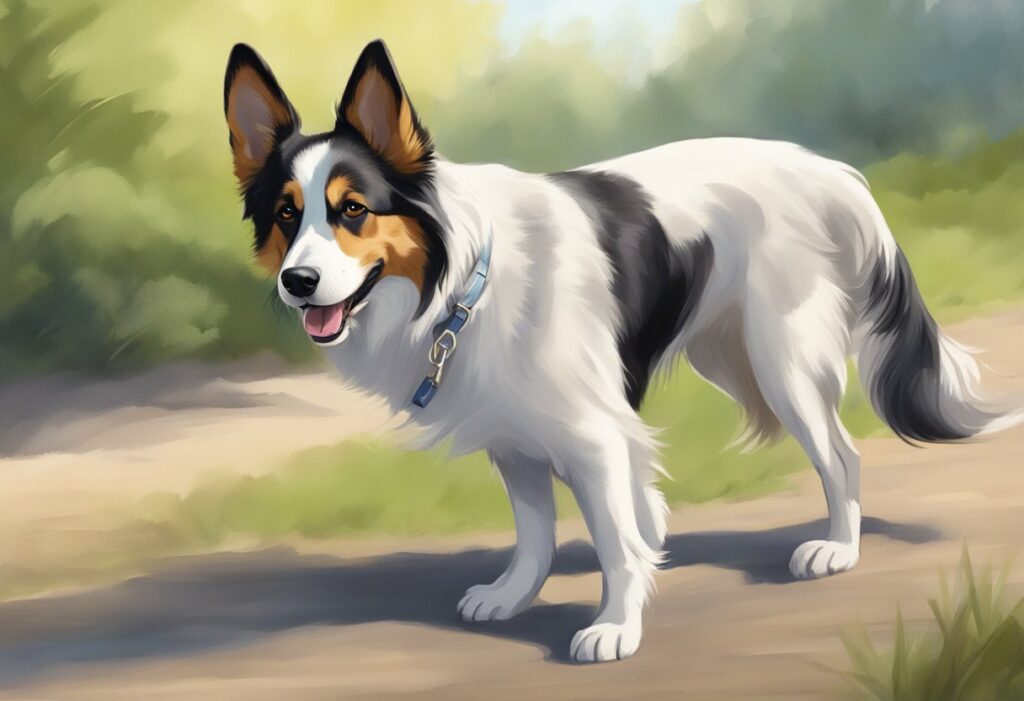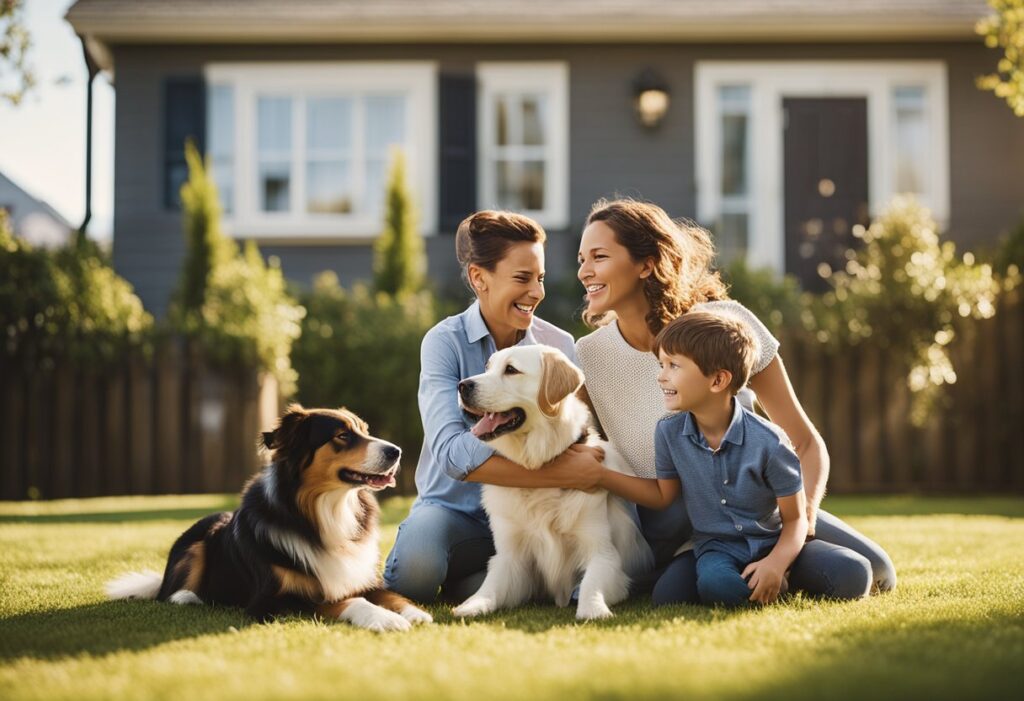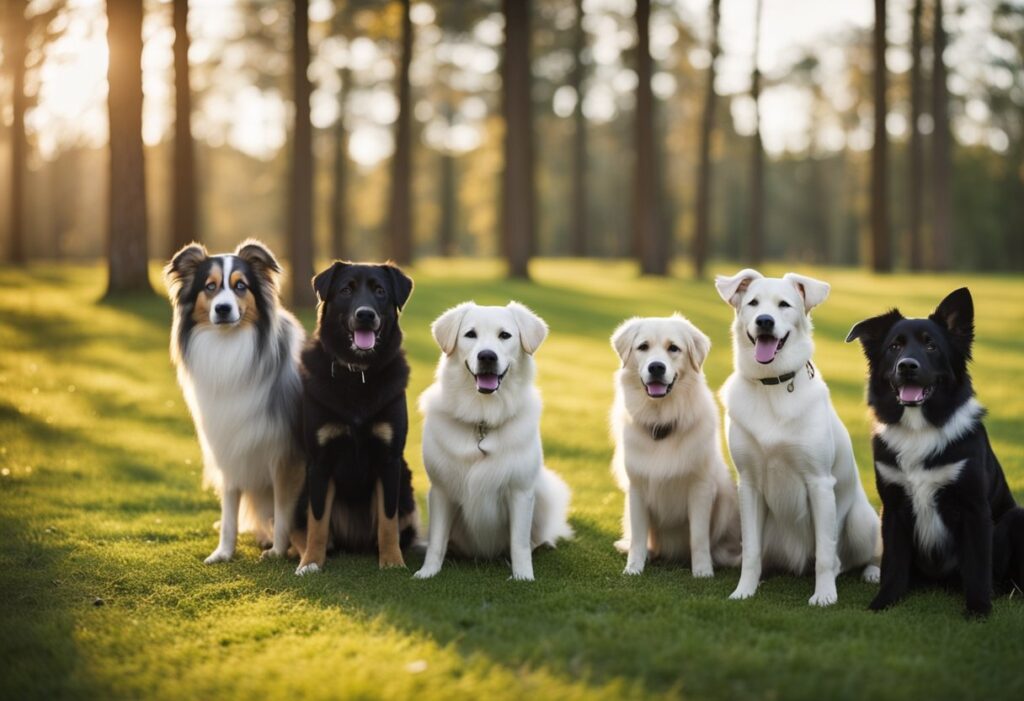Dogs have long been considered man’s best friend, forming bonds that often feel deeply emotional. Understanding the nuances of canine affection can strengthen the connection between a dog and its owner. Recognizing the signs of a dog’s love fosters that bond and enhances the overall relationship.
Many pet owners wonder if their dog genuinely loves them, drawing on their instincts and behaviors. Experts have identified key indicators that reveal a dog’s affection, enriching the lives of both pets and their humans. Observing these behaviors can help owners appreciate the depth of their dog’s loyalty and attachment.
1) Wagging their tail enthusiastically
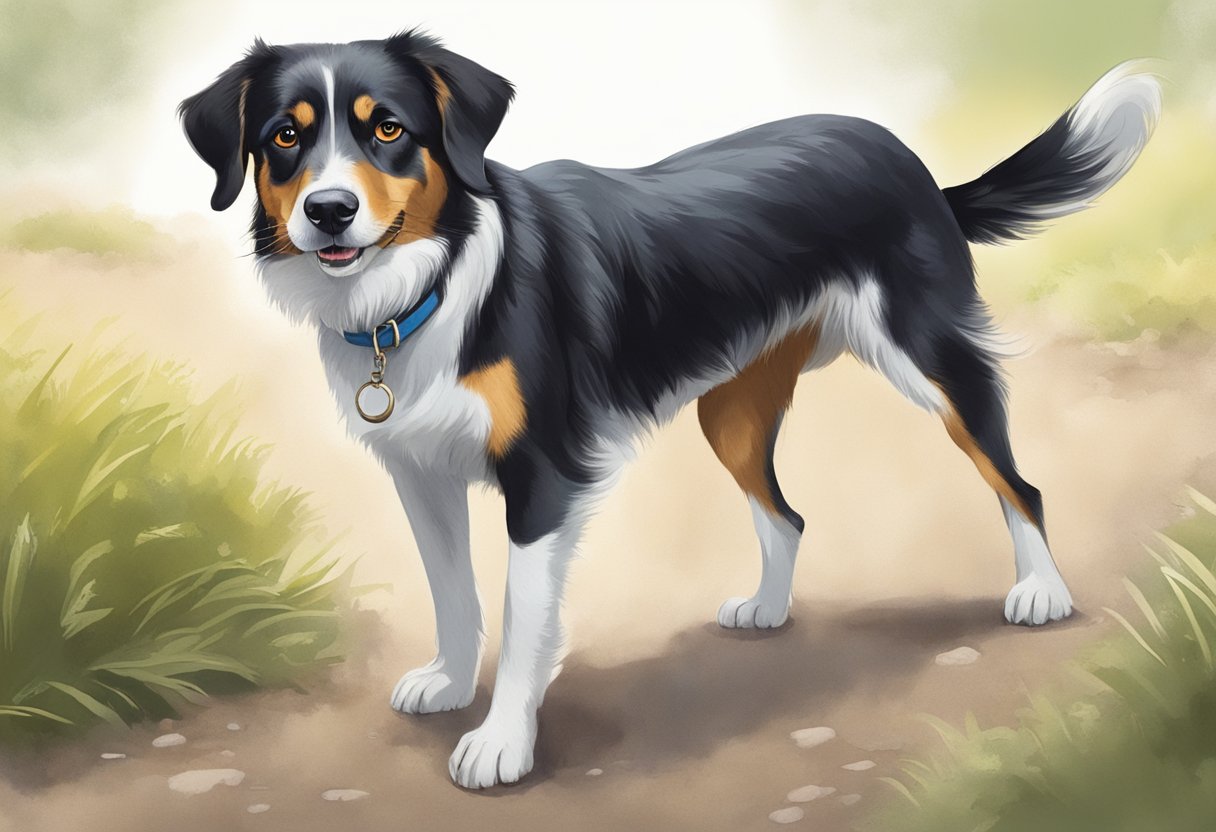
When a dog wags its tail enthusiastically, it often indicates happiness and affection. This behavior is an important form of communication for dogs.
The speed and height of the wag can also convey different emotions. A tail that wags quickly and is held high typically means the dog is excited and content.
Conversely, a slow wag might suggest uncertainty or hesitation. Observing the context of the wag can provide insight into the dog’s feelings.
Additionally, the accompanying body language, such as relaxed ears and a playful stance, reinforces the message of love. Understanding these signals can help owners connect with their pets more effectively.
2) Leaning against you while resting
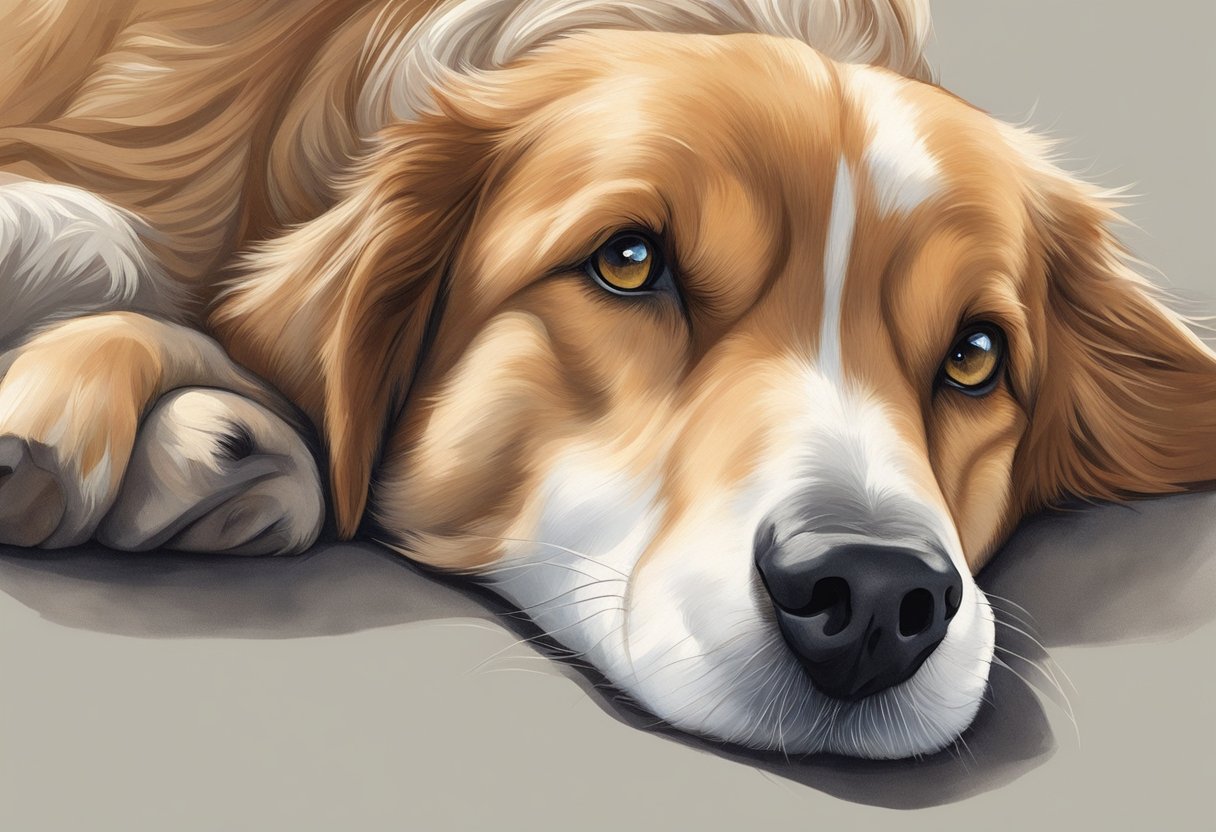
When a dog leans against their owner, it often indicates trust and affection. This behavior suggests that the dog feels comfortable and secure in the owner’s presence.
Dogs have a natural instinct to seek closeness for warmth and protection. Leaning is a physical manifestation of their bond.
By resting against someone, a dog can also feel a sense of safety. This is particularly true in unfamiliar environments or situations.
If a dog chooses to lean on their owner, it demonstrates attachment. It reflects their desire to be near and connected to the person they love.
3) Following you around different rooms
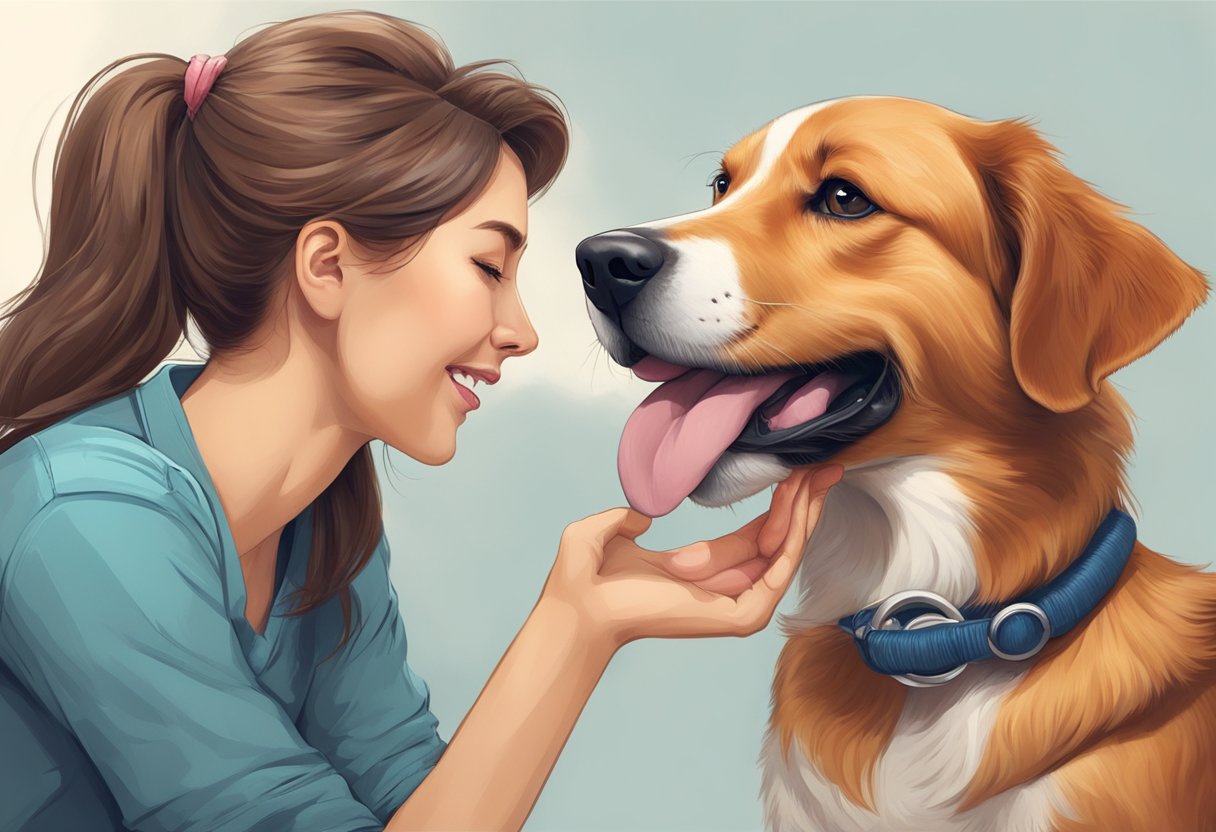
A dog that follows its owner from room to room often shows a strong bond. This behavior indicates attachment and a desire for companionship.
Dogs are pack animals by nature and prefer to stay close to their family members. When a dog trails behind, it may be seeking reassurance or simply wanting to be part of the activities.
This behavior can also signify that the dog feels safe with its owner. It may be more than curiosity; it reflects trust and affection.
Feeling secure in their presence makes a dog more likely to follow them around the home. Observing this behavior regularly can be a clear sign of the dog’s love and loyalty.
4) Bringing you their favorite toy
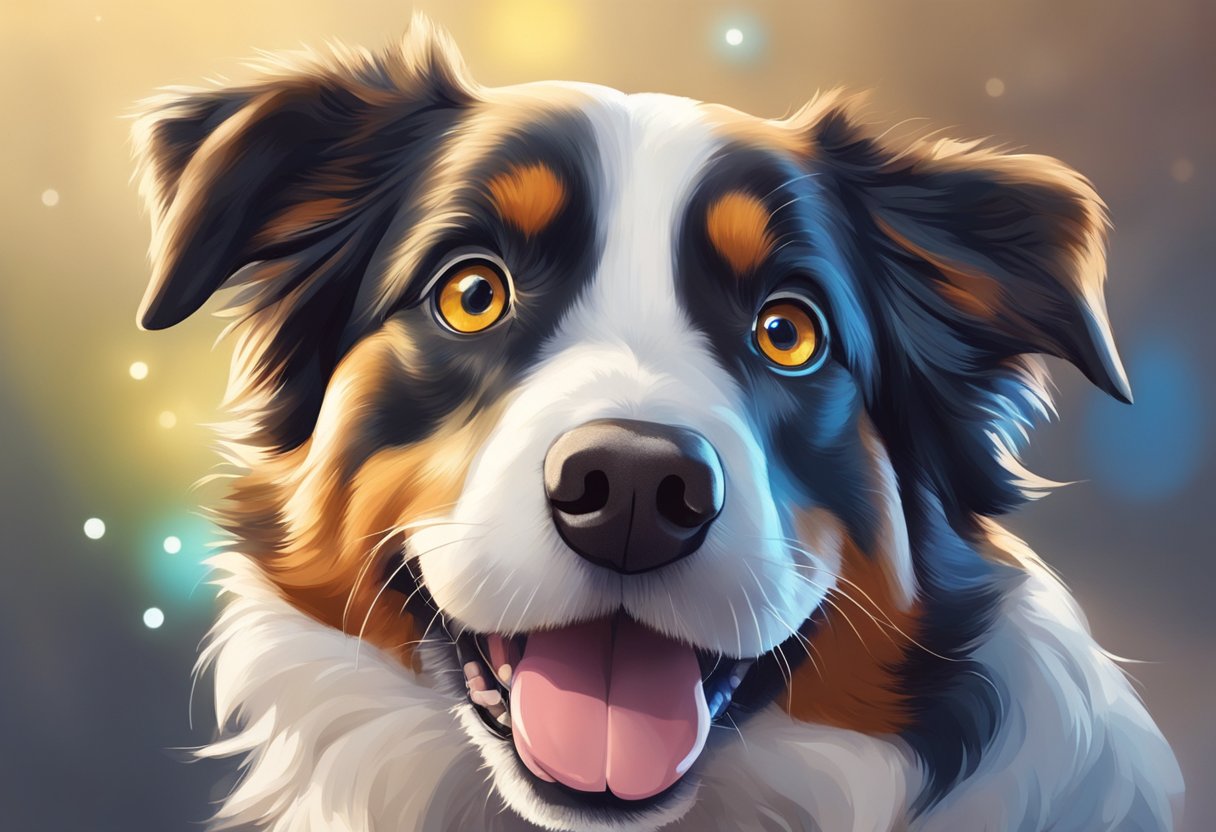
When a dog brings their favorite toy to their owner, it often indicates affection. This behavior reflects a desire to share something cherished.
Dogs naturally enjoy playing with their toys, and sharing one can signal trust and comfort. It shows they want to include their owner in their enjoyment.
Additionally, this act can be a form of play invitation. When a dog presents a toy, they may be seeking interaction and bonding time.
This behavior highlights the strong relationship between a dog and its owner. It demonstrates loyalty and the need for companionship.
5) Making eye contact frequently

Frequent eye contact is a strong indicator of a dog’s affection. When a dog looks into a person’s eyes, it signals trust and attachment. This behavior is often seen in dogs who feel secure in their relationship with their owner.
Experts suggest that this bonding behavior may be linked to the release of oxytocin, the same hormone associated with love and bonding in humans. When a dog locks eyes with a person, both may experience an increase in this hormone, enhancing their connection.
Moreover, dogs use eye contact as a form of communication. Their gaze can express a range of emotions, from affection to a desire for play. A dog that frequently seeks eye contact likely feels comfortable and loves spending time with their owner.
Understanding this behavior can deepen the bond between dogs and their owners. Simple acts like maintaining eye contact during daily interactions may strengthen the emotional ties shared.
Understanding Canine Affection
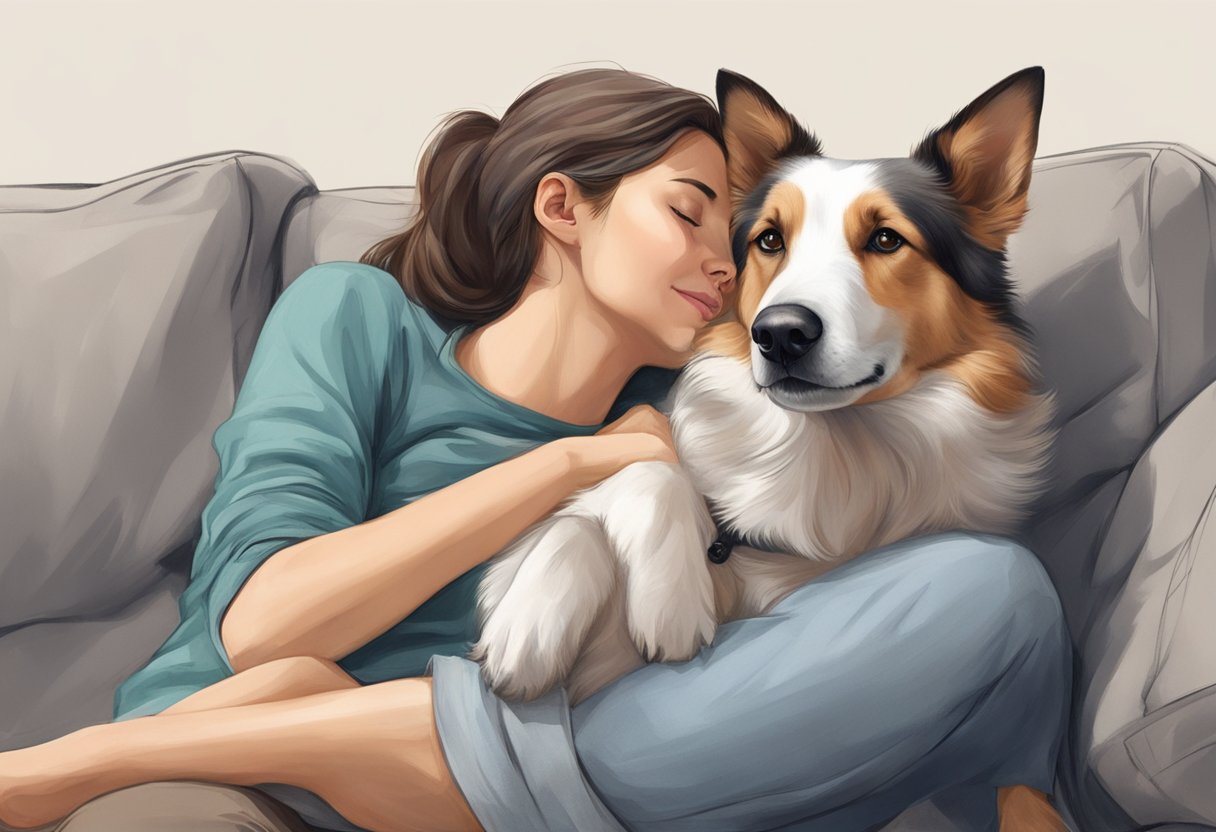
Canine affection is a complex mix of behaviors and emotions that indicate a dog’s bond with its owner. Recognizing the signs of love can enhance the relationship between the dog and its human.
The Science Behind Dog Emotions
Research shows that dogs experience a range of emotions similar to humans. Studies using brain scans indicate that dogs exhibit feelings such as joy, fear, and even jealousy.
When a dog sees its owner, oxytocin—often referred to as the “love hormone”—is released. This chemical response strengthens the bond between the dog and its owner, akin to the emotional connections seen in humans.
Additionally, dogs communicate affection through body language and vocalizations. Wagging tails, relaxed ears, and happy barks often signal contentment and love.
Common Misconceptions
Many people mistakenly believe that dogs only show loyalty for food or shelter. While these factors are essential, the emotional connection runs deeper. Dogs form attachments and can experience affection toward their owners independent of material needs.
Another misconception is that all dogs exhibit affection in the same way. Individual dogs have unique personalities and will show love through different behaviors. Some may lean against their owner, while others might nuzzle or follow closely.
Understanding these nuances is crucial for interpreting a dog’s affection correctly. Familiarity with diverse expressions of love can help deepen the bond between a dog and its owner.
Recognizing Emotional Bonds
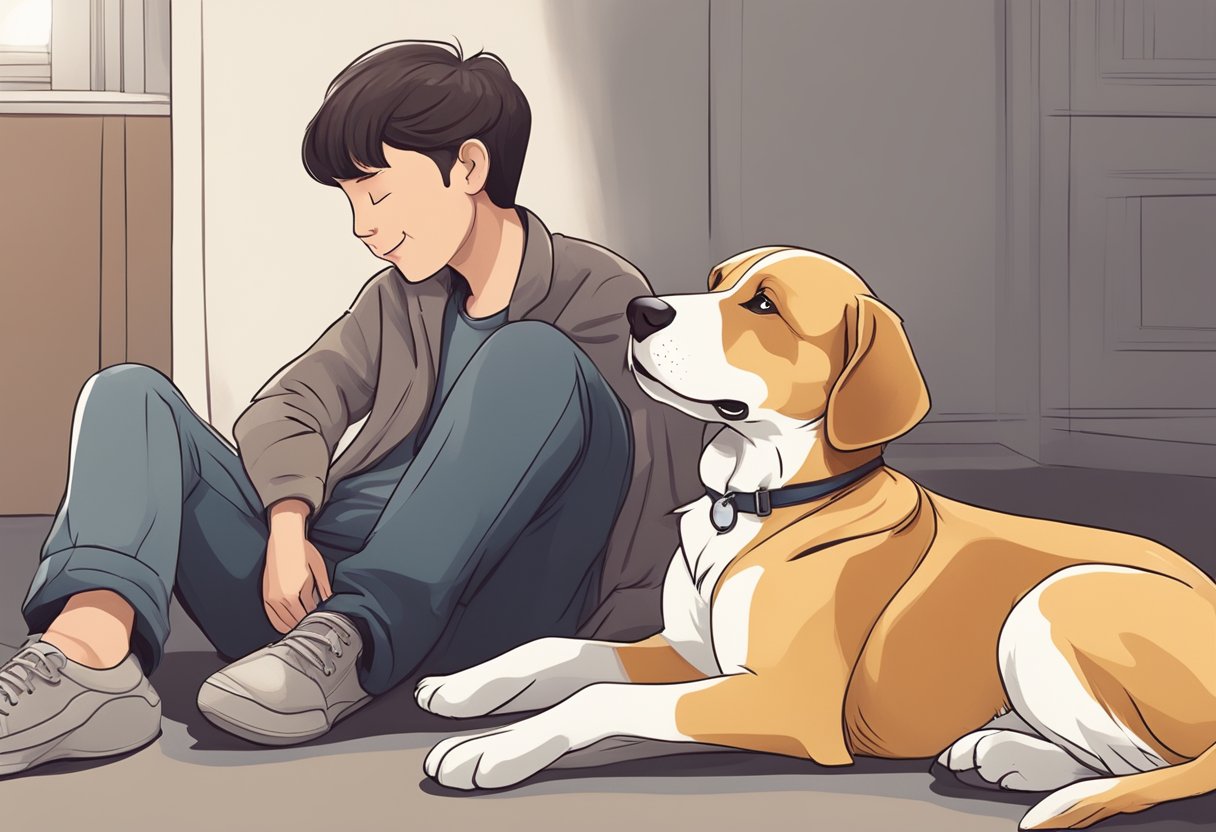
Understanding the emotional connection between a dog and its owner involves observing specific behaviors and body language. These indicators can reveal the depth of affection and attachment felt by your pet.
Behavioral Indicators of Love
Dogs express their love through various behaviors. Tail wagging is one of the most recognizable signs; a wagging tail, especially when it is held high, indicates excitement and affection.
Another behavioral indicator is following the owner around. If a dog consistently stays close, it signifies a strong bond and attachment. Moreover, playfulness is crucial; dogs that initiate play often do so out of affection.
Bringing toys to their owner is another sign of love, as it demonstrates a desire to share and engage. Additionally, licking is interpreted as an act of affection; dogs lick to communicate their love and build social bonds as they would with other dogs.
The Role of Body Language
A dog’s body language provides insights into its emotional state. Relaxed posture indicates comfort and trust. When a dog shows a relaxed body, with ears forward and a slightly open mouth, it often reflects happiness and affection.
Eye contact plays a significant role as well; dogs that make gentle eye contact are typically expressing love and devotion.
Yawning when owners yawn can signify a strong bond; this behavior mimics human bonding. Additionally, a dog that leans against their owner or curls up close is exhibiting trust and affection.
Recognizing these body language cues can enhance the understanding of a dog’s emotional attachments.

